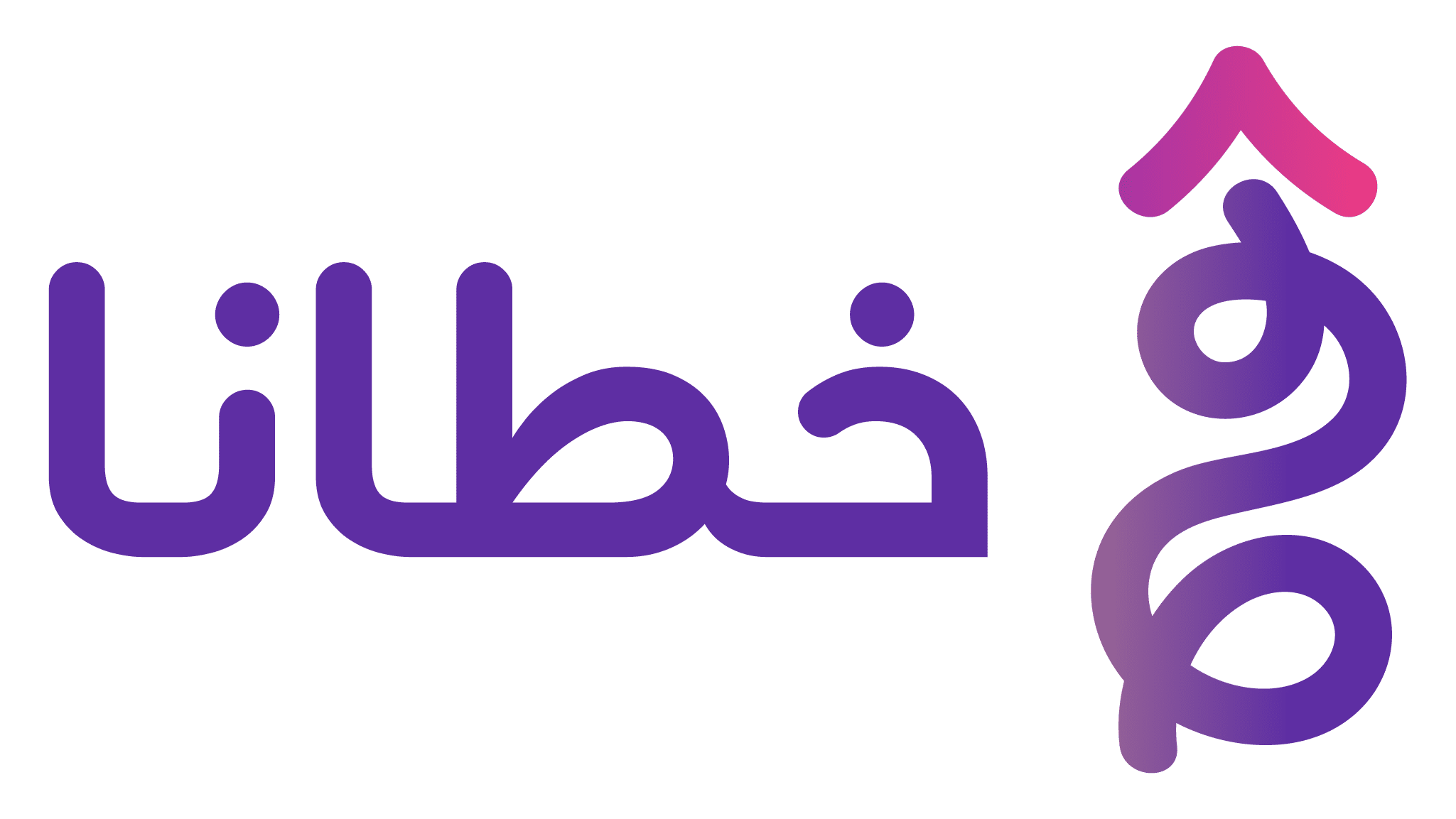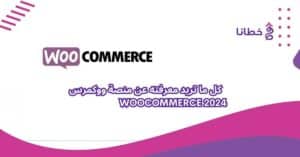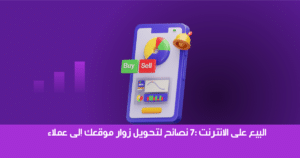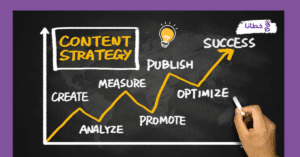table of contents
In this article, we’ll present 10 proven and trusted strategies to help you improve your website’s search ranking and rank higher on Google and other search engines. We’ll also cover in detail how to achieve this improvement on your website.
1- Improving website content leads to improving your website’s ranking in search results:
Creating high-quality, useful content for your website visitors is essential for improving your search engine rankings. Create innovative content relevant to the keywords your target audience is searching for.
2- Optimize page titles and descriptions to improve your site’s ranking in search results:
Make sure your page titles and meta descriptions contain relevant keywords. This will help search engines better understand the content of your pages. In 2024, there are some basic practices you can follow to improve your SEO for titles and descriptions:
First, page titles (Title Tags):
- Use keywords relevant to the page content in the title.
- Avoid using irrelevant or exaggerated phrases in your title.
- Try to keep the title short and catchy (about 60 characters).
- Place your most important keywords at the beginning of your title.
Second, page descriptions (Meta Descriptions):
- Create an engaging, concise description of the main content of the page (about 155-160 characters).
- Try to make the description convincing and attractive to the user so that the visitor clicks on the page link.
- Use relevant keywords naturally in your description.
- Avoid using exaggerated phrases or false promises in the description.
Third: Improve page content:
- Organize your content with subheadings (H2, H3, etc.) to improve readability.
- Add relevant images and other media to improve the quality of your content.
- Use your target keywords naturally in your text.
- Make sure your page content is relevant and valuable to users.
Fourth: Improving the site structure:
- Place relevant internal links between pages to improve linking.
- Use descriptive page titles and internal links.
- Make sure the site structure is easy to navigate and browse.
Fifth: Performance measurement and analysis:
- Use web analytics tools like Google Analytics to monitor page performance.
- Monitor key metrics like bounce rate, load time, and interactions.
- Run A/B tests to improve page titles and descriptions.
Remember that SEO is an ongoing process that requires testing and iteration. Keep analyzing data and experimenting to find the best practices for your site.
3- Improve your site structure and improve your site’s ranking in search results:
Structuring your website logically and coherently will help search engines understand the organization of your content and improve its ranking. Create a logical hierarchy for pages and reduce the number of clicks required to reach the main content. There are several key steps you can take to improve your website structure:
First, plan the site structure:
- Create an organized sitemap that shows the order of pages and categories.
- Identify the main and sub-pages and how they relate.
- Make sure the structure is clear and logical to users.
Second, organizing the content:
- Use subheadings (H2, H3, etc.) to organize content.
- Place internal links between related topics.
- Divide content into logical categories and topics.
- Avoid deep and complex subpages.
Fourth: Improve page sequencing:
- Start with a homepage that directs the user to the main topics.
- Provide clear links to the main subpages.
- Avoid complication of structure and maintain a sequential structure.
Fifth: Improving user experience:
- Make sure your site is responsive and works well on all devices.
- Implement an internal search engine to help find content.
- Make sure that browsing and navigation on the site is easy and clear.
- Use consistent, clear navigation menus on all pages.
Sixth: Technical instructions:
- Make sure your page URLs are descriptive and easy to understand.
- Create an XML sitemap to help search engines.
- Implement 301 redirects to redirect old links.
- Use descriptive titles for internal links.
Continuously improving your site’s structure and user experience is key to SEO success. Monitor your data and make necessary improvements regularly.
4- Using keywords in a natural way is important:
Include keywords in your website content naturally and appropriately. Avoid excessive keyword stuffing, as this can lead to search engine penalties.
5- Improving website loading speed helps improve your website’s ranking in search results:
Website loading speed is an important factor in search engine rankings. Optimize image and file sizes and avoid using heavy technologies that can slow down page loading.
There are several ways to improve your website’s loading speed:
First, improve images and multimedia:
- Upload photos and videos to media hosting services.
- Use efficient image compression formats such as JPEG or WebP.
- Reduce the size of images before uploading them to the site.
Second, reduce the size of the basic files:
- Compress HTML/CSS/JavaScript files using tools like Gzip or Brotli.
- Remove comments and reduce spaces from code.
- Combine CSS and JS files to reduce the number of requests to the server.
Third, use a content distribution network (CDN):
- Use a CDN to load static resources like images and CSS/JS files.
- CDN reduces server response time and improves loading speed.
Fourth: Improving the server and hosting:
- Enable caching features on the server.
- Configure the server properly to improve file delivery performance.
- Use hosting with high performance and good processing speed.
Fifth: Improving coding and calls:
- Use techniques such as lazy loading of media.
- Optimize your code to reduce the number of server calls.
- Avoid over-reliance on external resource loading.

Sixth: Performance monitoring and analysis:
- Use tools like Google PageSpeed Insights to analyze your site’s performance.
- Monitor key performance indicators like overall load time and time to first interaction.
- Make continuous improvements based on analysis results.
By implementing these strategies, you can significantly improve your site’s loading speed and enhance your user experience.
6- Create effective internal links to improve your site’s ranking in search results:
Create internal links between your site pages to improve internal linking flow. This will help search engines understand your site structure and make it easier to navigate between pages. Here are some strategies for creating effective internal links to your website:
First, use appropriate keywords:
- Choose descriptive, natural titles instead of shortened or spammy links.
- Include your main keywords in your internal link text.
Second, create a logical site structure:
- Link related pages together with internal links.
- Organize site content in a logical, sequential sequence.
- Place internal links in prominent places on pages.
Thirdly, encouraging navigation through the site:
- Encourage users to explore other content through internal links.
- Place internal links in key areas like the main menu and footer.
- Create index pages or site maps for easier navigation.
Fourth: Use internal guidance:
- Include internal links in the content of articles or pages.
- Link to relevant content using relevant internal links.
- Use internal links to direct users to more detailed content.
Fifth: Optimization for search engines:
- Optimize internal links to improve your content’s search engine ranking.
- Avoid using internal links with text like “click here”.
- Use keywords in internal link titles.
Remember that effective internal links help improve user experience and promote content discovery, in addition to offering SEO benefits.
7- Optimizing images and media files is essential for improving your website’s search engine rankings:
Make sure to name your images and other media files with relevant keywords. This will help search engines understand the content of these files. How to improve photos and media files. There are several ways to optimize the images and media files on your website:
First, resize images and files:
- Use tools like Photoshop or GIMP to compress images without losing quality.
- Reduce the size of images and media files without affecting their quality.
- Choose suitable file formats such as JPEG for photos and MP4 for video.
Second, use the alternative description (Alt Text):
- Help improve user accessibility and technical assistance.
- Use relevant keywords in your image descriptions.
- Add a useful and objective alternative description for each image.
Fourth: Improving coding and structure:
- Use appropriate HTML5 markup to identify images, video, and audio.
- Make sure the media files are loaded correctly and in a logical order.
- Place media files in custom folders to organize your site.
Fifth: Providing media alternatives and improvements:
- Include alternatives to media content such as a text description for the video.
- Provide media files in different qualities to suit users’ capabilities.
- Use techniques like progressive loading to improve loading speed.
Sixth: Improving performance and speed:
- Store media files on content delivery networks (CDNs) to improve speed.
- Use tools like PageSpeed Insights to identify and fix any performance issues.
- Update and improve your media files regularly.
Remember that optimizing images and media files is crucial to improving user experience and improving your site’s search engine ranking.
8- Developing an external links strategy helps improve your site’s ranking in search results:
Focus on building high-quality external links from authoritative sites that relate to your site’s content. These external links will help build your site’s authority and improve its ranking.
9- Use of web analytics technologies:
Use web analytics tools like Google Analytics to understand your website visitor behavior and identify areas for improvement. This information will help you make informed decisions to improve your website’s ranking. There are many web analytics tools available that can be used to analyze user performance and behavior on your website. Here are some of the most important:
First Google Analytics:
- Provides comprehensive information about website traffic, visit sources, user behavior, and more.
- The most popular and widely used web analytics tool.
- Provides advanced reporting and report customization.
Third: Google Search Console:
- Provides you with information about errors on the site and its ranking in search results.
- A free tool from Google to monitor and analyze your site’s performance in search results.
- Provides data on keywords used and top-performing pages.
Fourth: Microsoft Clarity:
- An analytics tool from Microsoft that provides deep insight into users’ behavior on the site.
- Provides recordings of user actions on pages and heat map analysis.
- Provides data on problems and outages experienced by users.
Fifth: Hotjar:
- A tool for analyzing user engagement on the website using screen recording and heat maps.
- Provides data on focus points, interruptions, and movements on pages.
- Helps understand and improve user experience.
Sixth: Adobe Analytics:
- It requires a paid license which makes it suitable for large websites and enterprises.
- Advanced web analytics tool with detailed reporting, forecasting tools, and recommendations.
- Provides complex analytics of site behavior and trends.
These are some of the most important web analytics tools available. You should experiment with different tools and evaluate which best suits your site’s needs.
10- Update and create new content regularly:
Update your website content regularly and create fresh, relevant content. This will help keep your site active and relevant in the eyes of search engines. Implementing these strategies regularly will help you improve your website’s search ranking. Remember, SEO is an ongoing process that requires patience and regular updates. If you need further assistance, don’t hesitate to contact me. At Khutana, we help you rank your website in search engines. You can request the service by clicking the link https://khutana.com.
Discover more articles:
The Comprehensive Guide to Writing Successful Descriptive Marketing Content 2025
The Secret to Increasing YouTube Views: Keywords 2025
The 5 Benefits of Appearing on the First Page of Google and How to Do It
Smart Tricks to Take Advantage of Search Engine Optimization 2025
A Comprehensive Guide to Writing Marketing Video Content 2025
Questions about the article: Improving Your Site’s Search Ranking: 10 Proven and Trusted Strategies
What does SEO mean?
SEO stands for Search Engine Optimization and is the process used to improve a website’s technical layout, content relevance, and link popularity so that its pages are easily found, more relevant, and more popular for user search queries, as a result, are better ranked by search engines.
What is the best way to improve search ranking?
Stay up-to-date with the latest SEO techniques.
Use keywords on your website.
Use tags in your content.
Post your links on other sites.
Understand your online customers.
Update your content regularly.
How can I improve my search ad ranking?
Improve your ad ranking: Consider including more relevant information about your business in your ads to improve your expected click-through rate (CTR) by creating ads that include key elements, such as website links. Learn more. Focus on relevance: Make sure your ads and landing pages are relevant to what customers are searching for.
What does backlink mean?
Backlinks are links on websites other than yours that lead to a page on your site. They’re also called inbound links because they represent visits from another website to yours. The quality and quantity of your backlinks help improve your rankings in search engines like Google and Bing.
We respect and value your time... half an hour to grow your project
































